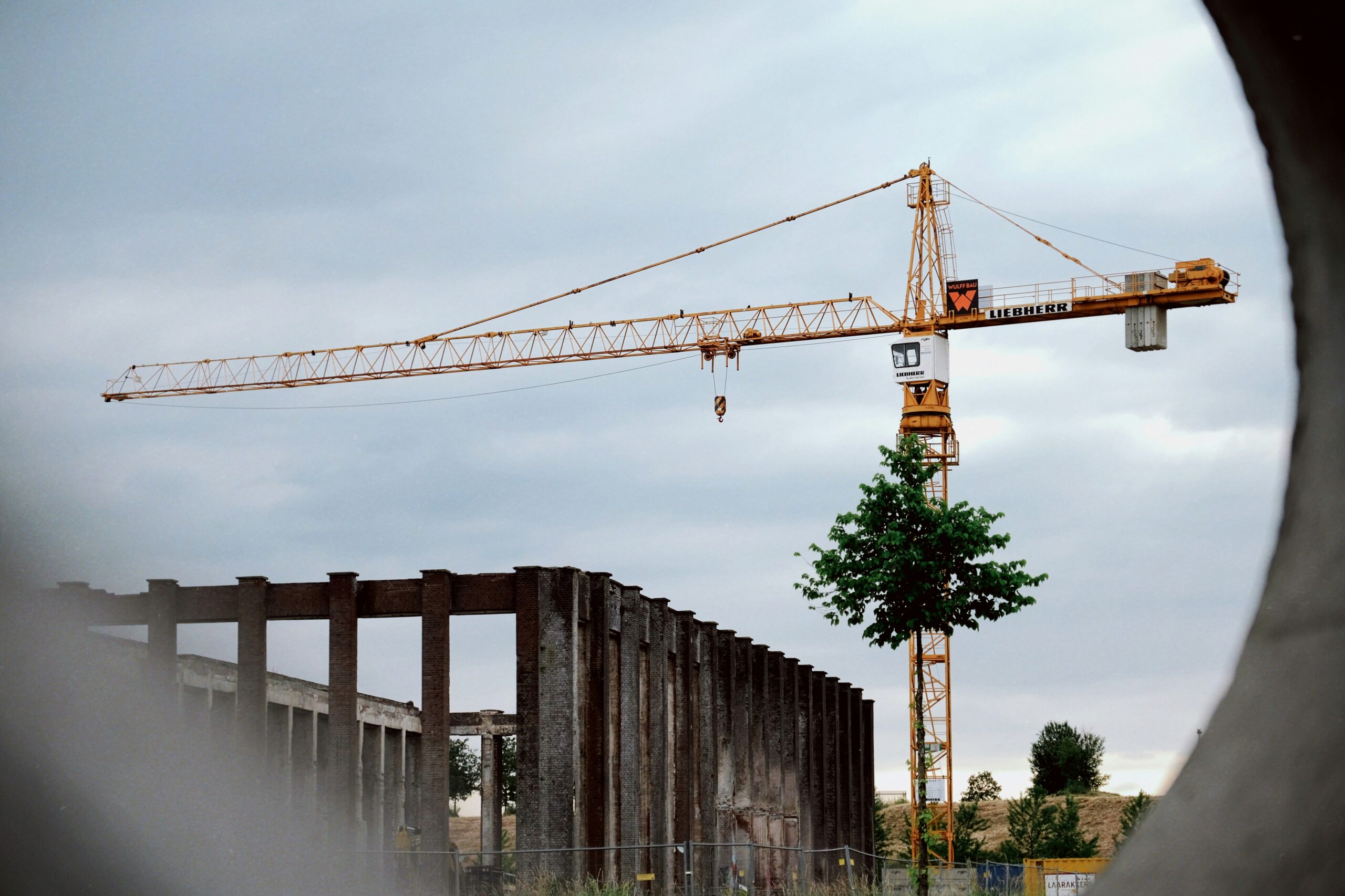
Sustainable construction is reshaping how we build and live. This approach focuses on creating structures that minimize environmental impact while maximizing efficiency and comfort. Across the globe, builders and designers are showcasing remarkable accomplishments in sustainable construction. These efforts help protect natural resources and improve the quality of life.
Sustainable Construction Drives Environmental Responsibility
Sustainable construction prioritizes using materials and methods that reduce harm to the environment. Builders often select recycled or renewable materials that lower waste and emissions, significantly reducing construction projects’ carbon footprint.
Moreover, sustainable Building promotes energy efficiency through better design. Buildings use natural light and ventilation to reduce electricity consumption. This careful planning benefits both the environment and the occupants’ monthly bills.
Energy Efficiency at the Core of Green Building
One of the main goals of sustainable Building is energy conservation. Modern buildings feature advanced insulation, energy-efficient windows, and intelligent heating systems. These innovations keep indoor spaces comfortable year-round without wasting energy.
Furthermore, renewable energy sources like solar panels and wind turbines are becoming standard in eco-friendly construction. Integrating these systems reduces reliance on fossil fuels. Sustainable construction thus helps communities shift toward greener energy habits.
Water Conservation Techniques in Sustainable Construction
Water management plays a crucial role in sustainable construction. Builders incorporate low-flow fixtures, rainwater harvesting, and greywater recycling systems. These measures cut water use drastically without sacrificing convenience.
Additionally, landscaping with native plants reduces irrigation needs. Sustainable Building supports natural ecosystems by using water wisely. This approach preserves a vital resource and lowers costs for property owners.
Innovative Materials Boost Sustainable Building Progress
Sustainable construction embraces new materials designed to lessen environmental impact. For example, cross-laminated timber offers a renewable alternative to steel and concrete. It’s strong, lightweight, and stores carbon during its lifecycle.
In addition to timber, recycled steel, and reclaimed wood reduce waste and resource extraction. These materials show how green building can maintain quality without depleting natural reserves. Innovation continues to drive greener building practices forward.
Smart Technologies Enhance Sustainable Building Projects
Technology plays an essential role in sustainable construction. Building Information Modeling (BIM) helps architects plan projects more efficiently. It lets teams detect design flaws early, reducing costly changes and material waste.
Also, smart home systems optimize energy use by adjusting lighting, heating, and cooling based on occupancy. These intelligent features improve building performance and comfort. Sustainable Building uses technology to maximize benefits while minimizing impact.
Urban Development Meets Sustainable Construction Standards
As cities grow, sustainable construction is vital to urban planning. Mixed-use developments reduce the need for long commutes, cutting traffic emissions. Incorporating green roofs and walls adds insulation and supports biodiversity.
Furthermore, sustainable building in urban areas promotes healthier living spaces. Access to parks, natural light, and clean air enhances residents’ well-being. These projects showcase how eco-friendly design can improve the environment and quality of life.
Affordable Housing Benefits from Sustainable Building
Sustainable construction also addresses housing affordability. Efficient building techniques and materials reduce construction costs. Energy savings lower utility bills, making homes more affordable over time.
Moreover, sustainable building prioritizes durability, reducing maintenance needs. These features benefit low-income families and communities seeking long-term solutions. Eco-friendly housing demonstrates that sustainability and affordability can go hand in hand.
Global Leaders Showcase Green Building Achievements
Countries worldwide are making strides in sustainable construction. Scandinavian nations lead with strict green building codes and widespread adoption of renewable energy. They showcase innovative projects that balance technology and nature.
Asia and North America also present remarkable eco-friendly construction accomplishments. Skyscrapers with energy-saving designs and innovative technologies highlight global progress. These leaders inspire others to follow green building principles.
Community Engagement Strengthens Sustainable Construction
Sustainable construction thrives when communities get involved. Public awareness campaigns and workshops educate residents about eco-friendly buildings. Community input guides planners to meet local needs and values.
Additionally, involving locals ensures projects reflect cultural and environmental priorities. This participation fosters pride and a long-term commitment to sustainable living, and communities become partners in building a greener future.
Policy and Incentives Promote Sustainable Building Growth
Government policies drive sustainable construction adoption. Tax credits, grants, and subsidies make green buildings more accessible for developers. Regulations also set energy efficiency and material standards.
These measures encourage investment in sustainable building technologies, resulting in more projects meeting eco-friendly criteria each year. Policy support is critical for scaling sustainable construction worldwide.
Education and Training Build Sustainable Construction Expertise
Building a sustainable future requires skilled professionals. Education programs focus on green building techniques and materials. Training helps workers adapt to new tools and methods.
The construction industry advances sustainable practices by developing expertise. Certified professionals ensure projects meet environmental goals, and education strengthens the foundation of sustainable construction growth.
Sustainable Construction Inspires Innovation and Collaboration
Collaboration among architects, engineers, and environmentalists fuels sustainable building innovation. Shared knowledge leads to creative solutions for complex challenges, and partnerships across industries accelerate the adoption of eco-friendly buildings.
This teamwork also supports the research and development of new technologies. Sustainable construction benefits from combined expertise and diverse perspectives. Such collaboration drives continuous improvement in the field.